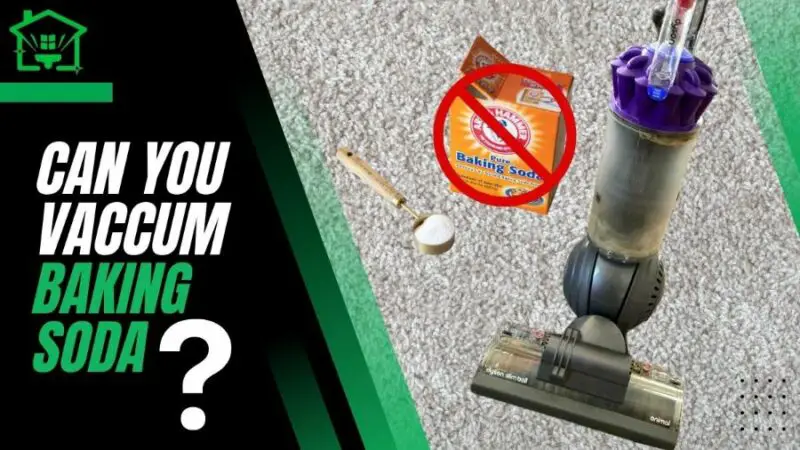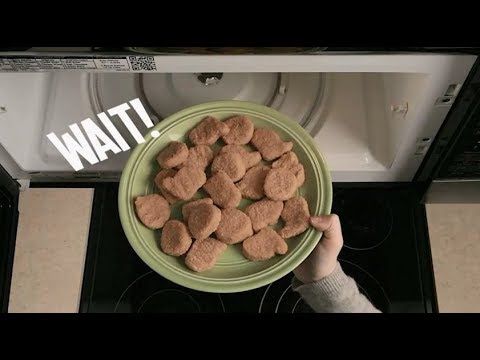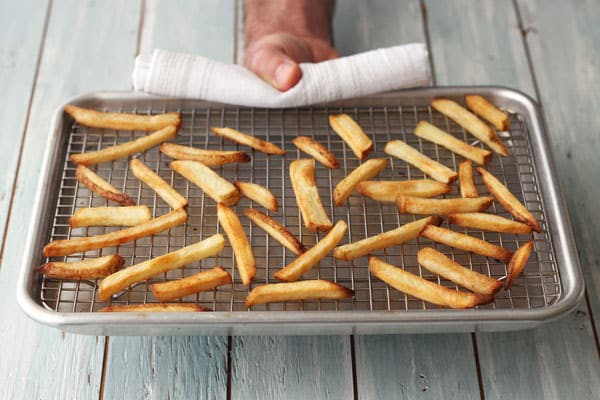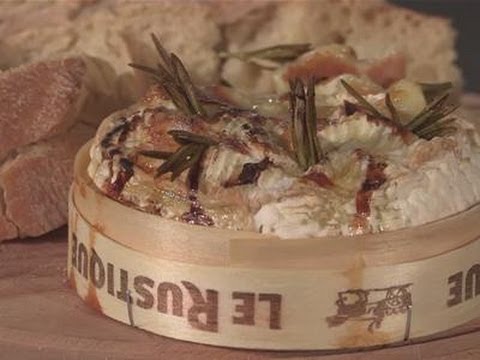Meatloaf is a classic dish that has been enjoyed for decades. Although it may seem like a simple and straightforward meal to prepare, many people debate about the best type of cookware to use when making this crowd-pleasing dish. Some swear by using glass cookware, while others prefer metal. In this article, we will explore the pros and cons of both options and help you choose the best cookware for your meatloaf.
Glass Cookware: Pros and Cons
Glass cookware has become increasingly popular due to its aesthetic appeal and ability to provide even cooking temperatures throughout the dish. When making meatloaf in glass cookware, there are several advantages to consider:
Advantages of using glass cookware for meatloaf:
- Even Cooking Glass cookware provides uniform heat distribution, which results in meatloaf that is cooked evenly throughout. This feature makes it easier to ensure that every bite contains high-quality flavor.
- Easy Cleanup Since glass is non-porous, it does not absorb food odors or stains easily. This quality makes cleaning up after cooking a much simpler task.
- Healthier Option Using glass cookware can be touted as a healthier option when compared to other types of cooking utensils since there are no worries about any chemicals leaching into your food from non-stick coatings or metal surfaces.
However, there are also drawbacks attributed with glass cookware such as:
Drawbacks of using glass Cookware for Meatloaf:
- Fragile Glass is fragile! The risk of breaking increases with frequent use; leaving it at danger if exposed to sudden temperature changes or an accident caused by other utensils falling on top.
- Slower Cooking Time The slower heating times attributed with glass pots influences how long you should leave your food in place before deciding when done; the information provided by manufacturers mightn’t necessarily yield accurate results.
Metal Cookware: Pros and Cons
When metal cookware is utilized as a tool for meatloaf, it has several advantages and disadvantages worth considering when making the switch:
Advantages of using metal cookware for meatloaf:
- Faster Cooking Time Metal heats up quickly; hence there is reduced cooking time without compromising quality. The faster heating times also promote outward browning, resulting in a much better texture than other materials might provide.
- Great Browning The ability to brown on the surface happens quicker with metal which turns out aesthetically appealing with contrasting crispy tops and juicy still-inside-meat interiors.
However, there are potential downsides that come with using metal to cook meatloaf:
Drawbacks of Using Metal Cookware for Meatloaf:
- Uneven Heating Some metals tend to have uneven heat distribution, which can lead to hot spots or cold spots appearing within your dish during cooking times.
- Sticking As an issue likely associated with lower-quality products or novice cooking skills, some users report oversights when selecting or prepping their pots resulting in food sticking -sometimes fiercely- onto the pan’s bottom.
Comparing the Results: Glass vs Metal Meatloaf
To obtain a more definite filter in deciding between glass and metal cookware types used for meatloaf preparation, an experiment was set up with a single recipe split into two equal quantities prepared simultaneously with both materials (glass and stainless steel).
Factors Considered in Comparing Test Results:
The factors considered include texture, juiciness, flavor among others; listed below are some summary of findings juxtaposition between glass vs metal qualities via these considerations:
Texture
Glass cooked meatloaf produced somewhat smoother texture from our observation – this being attributed to slower but uniform cooking achieved by glass’ heat distribution style compared to metal’s unevenness leading sometimes closer-to-burned or having to be cooked on top or bottom while not hot enough in remaining areas.
Browning and Crisping
The browning produced from metal cookware evidenced itself here, providing a nice crispy texture; its heat distribution was well accommodated for by the meat’s surface, cladding it all around with a golden-brown finish. Glass turned out pale with no browning except where it touched the walls of the container.
Juiciness and Flavor
Juiciness is inevitable in meatloaf preparation; our sample size didn’t show a significant gap between glass vs. metal.
Factors to Consider When Choosing Cookware for Meatloaf
In determining the right cookware type to use for your next meatloaf recipe, some factors must be considered during selection time such as:
Factor #1: Type/Quality/Thickness of Cookware
While most metals come with multiple choices and various grades, glass is pretty much either Pyrex or borosilicate-based products. Good quality aluminum boasts excellent conductivity that accurately responds to temperature changes in cooking. On the other hand, top-quality copper pots provide greater customization options but tend to lead many of us into financial over-spending territory.
Factor #2: Cooking Temperature
The recommended range may vary from manufacturer to manufacturer or product type (e.g., non-stick surfaces). It’s recommended you read up extensively before use via manual guides included on packaging materials or online reviews before embarking on meal preparations. For example, old-pan-made cast iron would require different temperatures compared over an electric burner or any other types of pans’ heating instructions available for reference.
Factor #3: Cooking Time & Techniques
Cooking times will vary according to material selection –ensure you consider cooking method adapted when picking your utensils wisely! Careful prep work done like countering sticking agents by oil-coating heavily biased glass pan edges may weigh down the time used in finishing your meal -just like getting quality on a metal pan may require turning-over during the cooking process.
Other Alternatives to Consider When Making Meatloaf
Here are two other materials that can serve as alternatives when making meatloaf:
1) Stoneware
Crafted from natural materials such as clays, stoneware is an excellent option for healthy cooking. Stoneware’s ability to be naturally non-stick without the need for additional pots is beneficial, and they are microwaveable and dishwasher safe.
2) Ceramic Cookware
Ceramic cookware has become increasingly popular over the last decade due to its versatility in usage styles. The natural glossy finish of ceramic makes each pot aesthetically pleasing. On top of that, it is virtually non-stick without needing any previous oil-coating or seasoning in almost all cases.
Conclusion
When it comes down to deciding which type of cookware is best for meatloaf making, individuals should weigh in based on personal preferences with regard to factors such as fast or slow cooking, browning and crisping expectations versus smooth texture preference and overall durability. Both glass and metal have good qualities that match up with different ranges of temperature settings within their respective products; hence consumers must consider what caters best for their particular lifestyle requirements. In summary, one thing we arrive at confidently after this discourse is: it’s important always to consider carefully when selecting utensils for any kitchen endeavor; every upgrade enhances quality levels!
Q&A
Q: Is there a significant difference in the taste of meatloaf when it’s cooked in glass or metal?
A: Some people argue that cooking meatloaf in glass produces a more moist and tender result, while others swear by metal because it allows for better browning and crisping. Ultimately, the choice is up to personal preference.
Q: Can glass or metal affect the cooking time of meatloaf?
A: Yes, it is possible that the cooking time may vary depending on whether you use glass or metal. Glass can take longer to heat up but retains heat well, while metal heats up quickly but cools down faster.
Q: What are some factors to consider when choosing between glass and metal for meatloaf?
A: Some things to keep in mind are your oven’s temperature consistency, the size of your baking dish, and how much moisture you want in your meatloaf. Glass can hold more moisture while metal allows for better airflow and browning.
Q: Is one material safer or easier to clean than the other for baking meatloaf?
A: Both glass and metal are safe materials to use for cooking purposes, however cleaning may be easier with metal as it is less prone to staining and scratches. Glass may require more care as it can shatter if exposed to sudden temperature changes or impact.




